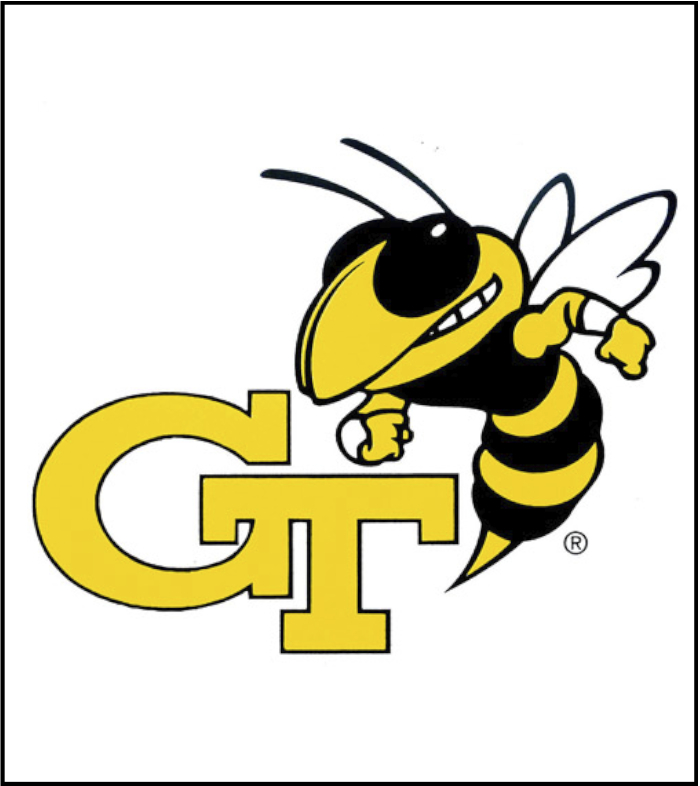2013-14 ACC Conference Schedule Released
Posted by mpatton on April 24th, 2013The ACC announced the conference opponents for next year’s basketball season. We’ll have a little more analysis of team’s opponents once we wrap up coverage from this season and start looking ahead to the fall, but here it is in case you missed it.
| School | Home-and-Home | Home | Away |
 |
Georgia Tech Notre Dame Syracuse Virginia Tech |
Clemson Duke Florida State Maryland Pittsburgh |
Miami North Carolina NC State Virginia Wake Forest |
 |
Florida State Georgia Tech Pittsburgh Wake Forest |
Duke Maryland Miami NC State Virginia |
Boston College North Carolina Notre Dame Syracuse Virginia Tech |
 |
Georgia Tech North Carolina Syracuse Wake Forest |
Florida State Maryland NC State Virginia Virginia Tech |
Boston College Clemson Miami Notre Dame Pittsburgh |
 |
Clemson Maryland Miami Virginia |
Georgia Tech North Carolina Notre Dame Syracuse Virginia Tech |
Boston College Duke Pittsburgh NC State Wake Forest |
 |
Boston College Clemson Duke Notre Dame |
Miami North Carolina Pittsburgh Virginia Virginia Tech |
Florida State Maryland NC State Syracuse Wake Forest |
 |
Florida State Pittsburgh Virginia Virginia Tech |
Georgia Tech Miami Notre Dame Syracuse Wake Forest |
Boston College Clemson Duke North Carolina NC State |
 |
Florida State NC State Syracuse Virginia Tech |
Boston College Duke Notre Dame Pittsburgh Wake Forest |
Clemson Georgia Tech Maryland North Carolina Virginia |
 |
Duke NC State Notre Dame Wake Forest |
Boston College Clemson Maryland Miami Pittsburgh |
Florida State Georgia Tech Syracuse Virginia Virginia Tech |
 |
Miami North Carolina Pittsburgh Wake Forest |
Boston College Florida State Georgia Tech Maryland Virginia |
Clemson Duke Notre Dame Syracuse Virginia Tech |
 |
Boston College Georgia Tech North Carolina Virginia |
Clemson Duke NC State Pittsburgh Virginia Tech |
Florida State Maryland Miami Syracuse Wake Forest |
 |
Clemson Maryland NC State Syracuse |
Duke Florida State Virginia Virginia Tech Wake Forest |
Boston College Georgia Tech Miami North Carolina Notre Dame |
 |
Boston College Duke Miami Pittsburgh |
Clemson Georgia Tech North Carolina NC State Notre Dame |
Florida State Maryland Virginia Virginia Tech Wake Forest |
 |
Florida State Maryland Notre Dame Virginia Tech |
Boston College Miami North Carolina Syracuse Wake Forest |
Clemson Duke Georgia Tech NC State Pittsburgh |
 |
Boston College Maryland Miami Virginia |
Clemson North Carolina NC State Syracuse Wake Forest |
Duke Florida State Georgia Tech Notre Dame Pittsburgh |
 |
Clemson Duke North Carolina NC State |
Boston College Florida State Georgia Tech Notre Dame Syracuse |
Maryland Miami Pittsburgh Virginia Virginia Tech |


















































